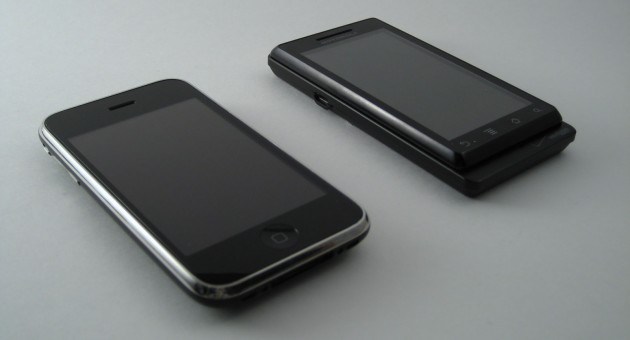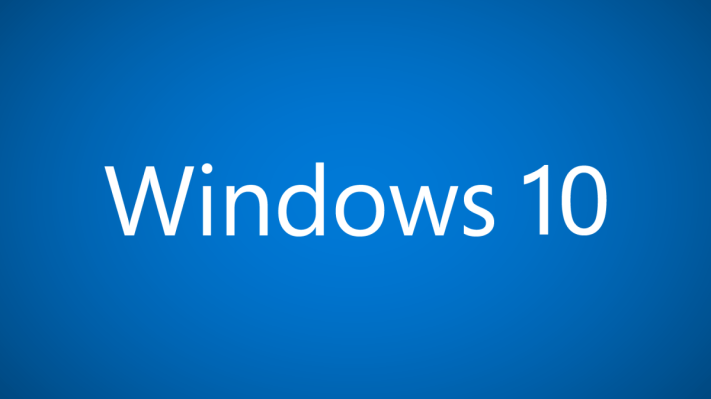Windows 8’s days atop the Microsoft operating system hierarchy are all but over. Windows 10, a wide-ranging replacement, will be released later this month, meaning that Windows 8’s market share is about to start shrinking.
The controversial operating system reached just over 16 percent market share in June, across its two versions, according to NetMarketShare. That pales in comparison to Windows 7’s roughly 60 percent share, and is somewhat embarrassing when you consider that Windows XP still retains 12 percent itself.
An operating system that released to the public in 2001 has around 75 percent of Microsoft’s still-current main play. Call it the Windows 8 Effect, if you want.
The above figures underscore why Windows 10 matters for Microsoft. Given the failure of the company to build something better than Windows 7 the last time around, a huge chunk of the computing world is currently using an operating system that came out when these two phones were hot shit:

So Windows 7 is pretty old. In fact, it has already left what is called ‘mainstream’ support, something that went away earlier this year. Microsoft won’t drop it entirely until 2020.
The Windows 8 boondoggle has therefore, ironically, put Microsoft into competition with its former self. If Windows 10 can’t attract a ponderous cut of the Windows 7 population, hundreds of millions of people will be marooned on an operating system that is anything but young.
So this is a good moment to mark, because it explains the mess Microsoft created for itself with Windows 8. Microsoft’s race to get Windows 10 onto a billion devices in a few years starts now.
Oh, and if you want to start laying bets on where Windows 10’s market share will be by the end of the year, fire me a DM.
